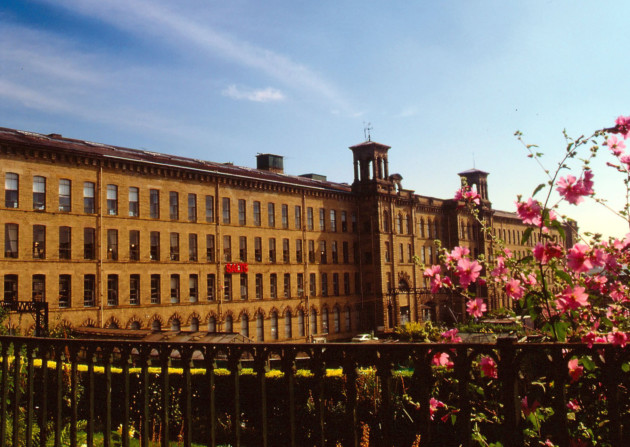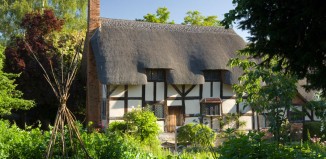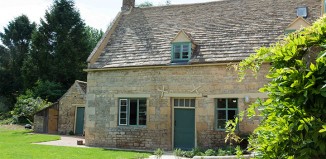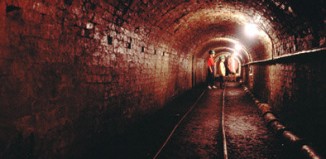Saltaire
Ian White
Four miles north west of Bradford, on the way to Keighley, is Saltaire, a model industrial village built by Sir Titus Salt between 1851 and 1876. At its centre is Salts Mill, which, when it opened in 1853, was the biggest factory in the world, producing 17 miles of cloth every day. The mill was surrounded by neat stone houses for the workers, alms houses for the poor and needy, a girls’ and boys’ school, an institute (Victoria Hall), shops, wash houses, a hospital, churches and a park. And, thankfully, it still is, because the buildings have been preserved just as they were when Saltaire was an industrial town.
But Saltaire hasn’t been preserved in aspic. As Roger Clarke, Salt Walks tour guide and local historian puts it: “The Village is not a museum or a monument – it’s a place where people live and work.” That work now centres on arts, crafts and tourism. Salts Mill – built in the style of an Italian palazzo – is now home to four art galleries, three cafes, about a dozen arty shops, a digital library and a film archive. One of those galleries, 1853, is devoted to paintings and lithographs by David Hockney, a local lad who’s done rather well for himself.
In 2001, Saltaire was made a World Heritage Site. Explaining its decision, The World Heritage Committee said: “Saltaire is an outstanding and well preserved example of a mid 19th century industrial town. Its layout and architecture admirably reflect mid 19th century philanthropic paternalism, as well as the important role played by the textile industry in economic and social development.”







